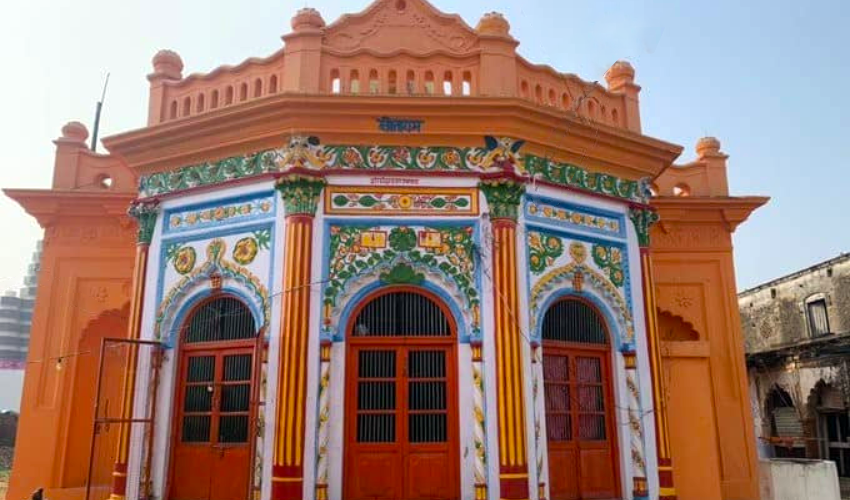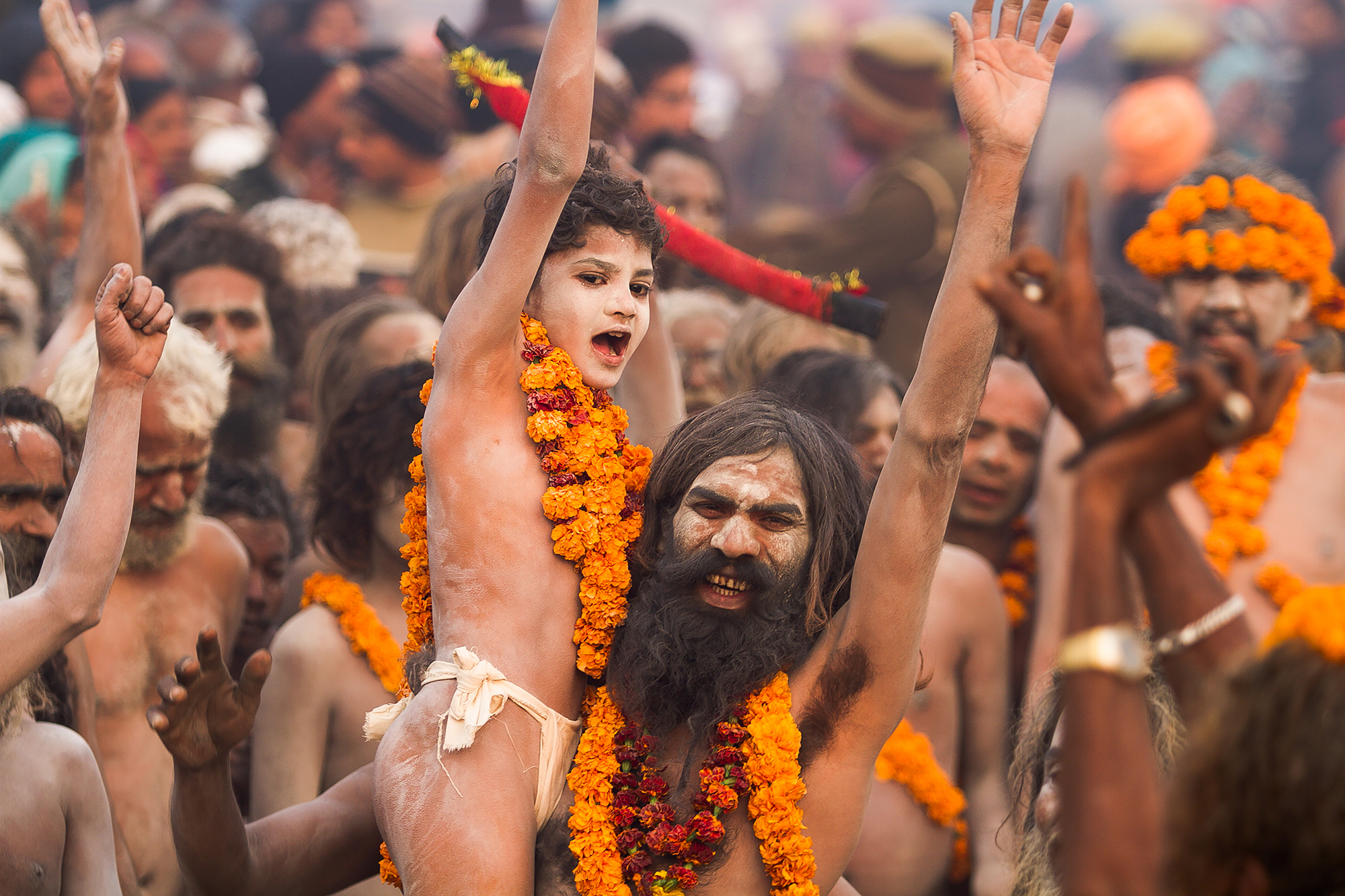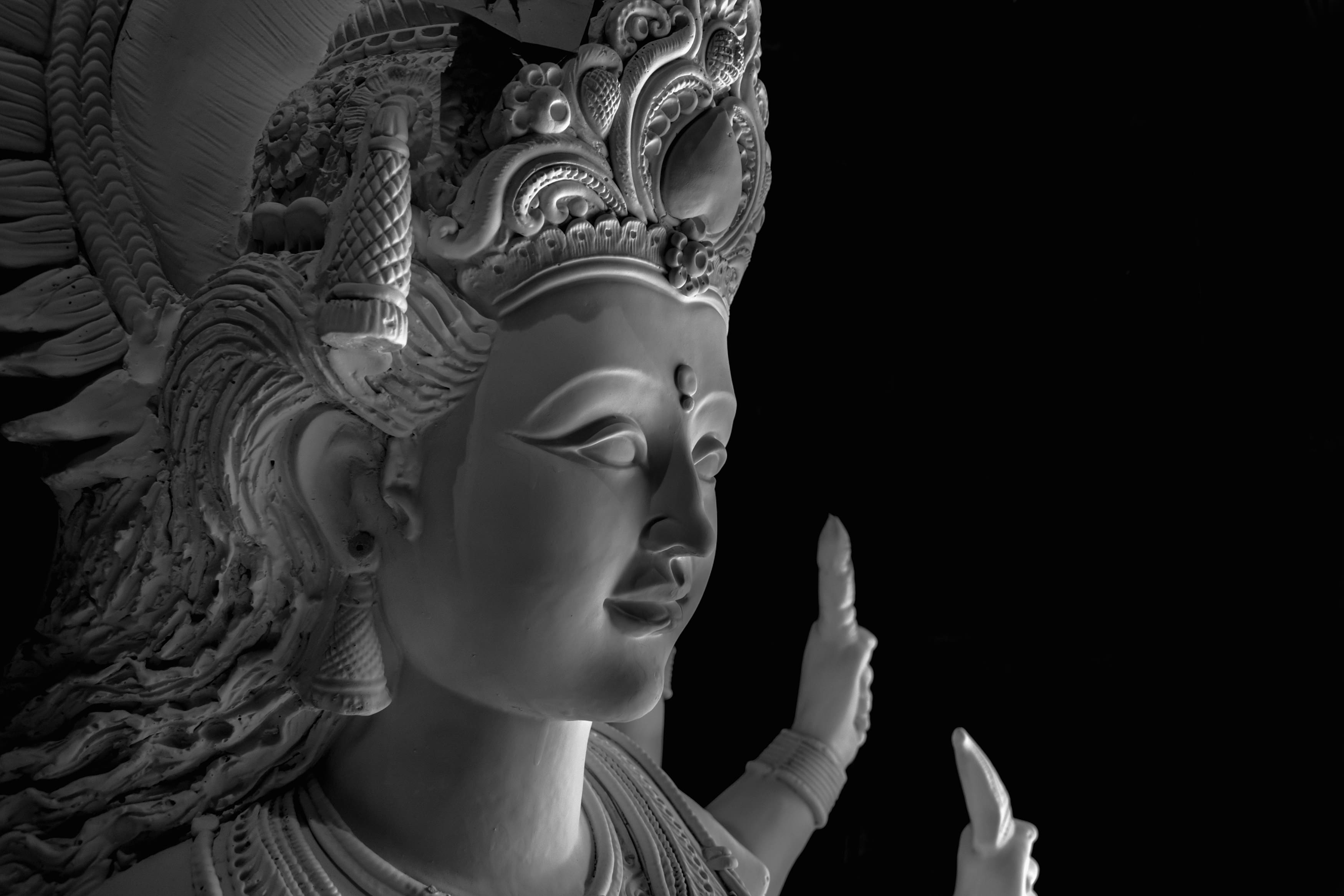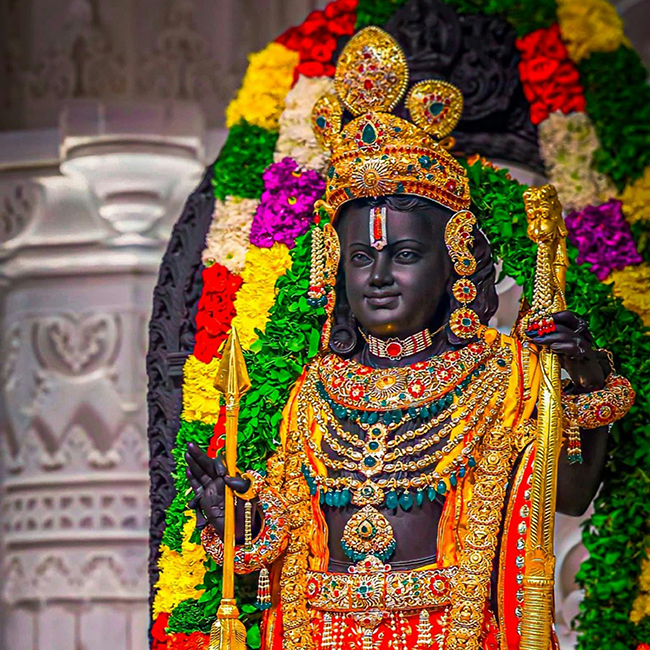

Best Places to visit in Ayodhya


12 Aug 2024
Best Places to visit in Ayodhya | Ayodhya Tour Package by Soil2Soul Expeditions
Visiting Ayodhya is always a memorable and spiritual experience for every individual. Ayodhya, is a city in Uttar Pradesh of India, situated on the banks of the Sarayu River. Ayodhya is worth seeing since it is the birthplace of Lord Shri Ram and having a significant location in Indian history. It is also home to a number of historical and religious sites. Ayodhya is well-known as the "Shree Ram Janmabhoomi," or birthplace of Sri Rama, and as such, many devotees visit the Ram Mandir.
Apart of Ram Mandir, Ayodhya has many more spiritual tourist spots like Hanuman Garhi, Nageshwarnath Temple, Kanak Bhawan, Gulab Bari, Tretake Thakur, Sita ki Rasoi, Choti Chawni, Ram Katha Park etc. most of which have their roots in Ramayan. Let’s take a look at best places to visit in Ayodhya tour with Soil2Soul Expeditions.
Let’s start exploring the best places in Ayodhya with “Shri Ram Janmabhoomi”.
1) Ram Mandir

For Hindus, the Ram Mandir location holds great spiritual and traditional significance as it is believed to be the birthplace of Lord Ram. Shri Ram Janmabhoomi Teerth Kshetra, a trust formed by the Indian government supervised the construction of Ram Mandir temple in Ayodhya.
The temple was built in traditional Nagar style. It is 380 feet long (east to west), 250 feet wide, and 161 feet tall. It has 44 doorways and 392 pillars. The entry of the mandir is from east side. Nritya Mandap, Rang Mandap, Sabha Mandap, Prarthana Mandap and Kirtan Mandaps are the names of the five Mandaps, or halls in Ram Mandir.
Prime Minister Narendra Modi laid the foundation stone (Pran Pratishta Ceremony) for the Ram Mandir on August 5, 2020. Narendra Modi, who laid the foundation stone, inaugurated the temple on January 22 2024 with other dignitaries. If you plan to visit Ram Mandir, Ayodhya, book your spiritual luxury Ayodhya tour with Soil2Soul Expeditions to get VIP darshan at Ram Mandir.
Ayodhya Temple Address - Sai Nagar, Ayodhya, Uttar Pradesh 224123
Ram Mandir Ayodhya Opening & Closing (Darshan) Timings:
Morning Timing - 06:30 AM - 11:00 AM
Evening Timing - 2:00 PM - 9:30 PM
Ayodhya Mandir Pooja (Aarti) Timings:
Shringar or Jagran Aarti (Morning Aarti Timing) - 6:30 AM
Bhog Aarti (Afternoon Aarti Timing) - 12:00 PM
Sandhya Aarti (Evening Aarti Timing) - 07:30 PM
Dress code: Traditional & Formal Wear
Photography: Not Allowed inside Ram Mandir
2) Hanuman Garhi

Hanuman Garhi is a 10th century extreme religious and spiritual temple located in Sai Nagar of Ayodhya. It is dedicated to Lord Hanuman called as “Hanuman Garhi”. This hilltop temple has 76 star-case Pathway to the entrance. A 6-inch-tall idol of Hanuman is housed inside the expansive view of the surrounding hills. According to tradition, Lord Hanuman, a devotee of Lord Rama, resided at Hanuman Garhi and kept watch over Ayodhya. It is traditional to go to Hanuman Garhi before going to the Ayodhya Ram Temple.
The main shrine features an inside cave filled with several idols of Lord Hanuman and his mother, Maa Anjani. Ram Navami and Hanuman Jayanti are two special occasions at the Hanuman Garhi. On these two days thousands of devotees gather to celebrate the births of Lord Ram and Lord Hanuman.
Hanuman Garhi Temple Opening & Closing Timings: 5:00 AM - 11:00 PM
3) Nageshwarnath Temple:

The Nageshwarnath Temple is dedicated to an avatar of Shiva called Nageshwarnath. It is situated in Ayodhya next to the Theri Bazaar. It is thought to have been established by Lord Rama's son, Kush or Kusha in 750 AD.
The current temple was reportedly rebuilt in 1750 by Naval Rai, the minister of Safar Jung, despite the fact that this hallowed location has been well-maintained since 750 AD.
According to legend, Kush lost his arm ring in the neighbourhood bath and later encountered Naga Kanya, a Shiva devotee. From their brief acquaintance, the Naga Kanya fell deeply in love with Kush. Building this temple and dedicating it to Lord Nageshwarnath was his way of paying tribute to her. On Mahashivaratri, the temple welcomes a throng of Hindu pilgrims who travel from Uttar Pradesh and other parts of the nation to Ayodhya to celebrate and present milk and flowers to the idol of Nageshwarnath.
Nageshwarnath Temple Opening & Closing Timings: 5:00 AM - 8:00 PM
Nageshwarnath Aarti Timings: 5:00 AM - 6:00 AM and 8:00 PM - 8:30 PM
4) Kanak Bhawan:

Kanak Bhawan is a quaint shrine dedicated to Lord Rama and Sita. The location is on Ram Mandir's north-eastern edge. The temple, known locally as Sone-ka-Ghar, was constructed in 1891 and is devoted to Lord Rama and his spouse Sita.
The presiding deities at Kanak Bhawan are housed in an inner sanctum beneath a silver dome and wear gold crowns, which is how the temple got its name. The idols are said to have been a gift from Kaikeyi, Rama's stepmother, to Sita. Under Vikramaditya's administration and then under Vrish Bhanu Kunwari's, the shrine was repaired. As you immerse yourself in the temple's history, notice how the architecture pays homage to the Bundela School.
Kanak Bhawan Temple Timings: 8:00 AM to 11:00 AM and 4:30 PM to 9:00 PM
Kanak Bhawan Temple Aarti Timings:
Summer -
Morning - 8:00 AM to 9:00 AM
Evening - 7:00 PM to 8:00 PM
Winter -
Morning - 8:30 AM to 9:30 AM
Evening - 6:30 PM to 7:30 PM
5) Choti Chawni

Choti Chawni is also known as Valmiki Bhawan or Maniramdas Chawni. Travellers can understand Ayodhya’s culture and tradition by visiting this ancient enclave situated in the centre of the city. This place is worth seeing as it is built entirely of white marble. Within Choti Chawni, there are many ancient buildings having their own history and significance. Places to worship ranges from temples to mosques, which elaborates the secular nature of Ayodhya.
Discover the cultural discovery as you stroll through its narrow, dusty lanes, which are home to charming cafes, traditional restaurants, and street merchants offering a wide variety of goods. Look for prominent structures like Ram Ka Tullah, Tulsi Smarak Bhawan, and Karsevakpuram. Here, you will experience Ayodhya’s historical and cultural richness with grand Islamic structures, Hindu buildings and a motley of old-world buildings.
6) Treta Ke Thakur

The Treta Ke Thakur Temple is believed to be 300 years old and constructed by a King called Kullu. It is located beside Ayodhya's Naya Ghat, holds various idols, including those of Lord Ram, Sita, Lakshman, Hanuman, Bharat, and Sugreev with each idol was carved from a single black sandstone.
According to the legends, this temple was built at the same spot where Lord Rama completed the AshwamedhaYagna. This temple is open for public for only one day in a year marked as the Ekadashi.
Timings: Treta Ke Thakur is open 24 hours on Ekadashi. It usually takes place in November.
7) Sita Ki Rasoi

Sita ki Rasoi is believed to be the famous thing in Ayodhya which is a ancient kitchen used by Maata Sita herself. It is situated at the north-western side of the Ram Janmabhoomi in Ayodhya's Rajkot. This Sita Ki Rasoi, a basement kitchen, is one of the two kitchens that bear Sita's name. This Kitchen was deliberately close to the Ram Janmabhoomi and the house has some utensils used in that time.
The temple located at the opposite end of the site is home to elaborately decorated idols of Lord Rama, Lakshman, Bharat, Shatrughan, and their spouses, Mandavi, Srutakirti, Urmila, and Bharat. Sita is worshipped as the goddess of food or Annapurna. Thus, the temple follows the tradition to offer free food to everyone. Visitors can also do charity by donating money here for this Nobel cause.
Sita Ki Rasoi Timings: 8:00 AM to 6:00 PM
Walk the Ramayana's path in India with unparalleled luxury. Our immersive tour of Discover your Inner Rama, led by renowned scholars, delves into the timeless wisdom of this epic tale.
Discover Your Inner Rama with Soil2Soul Expeditions is more than a tour – it's a transformative experience.
















.jpg)



